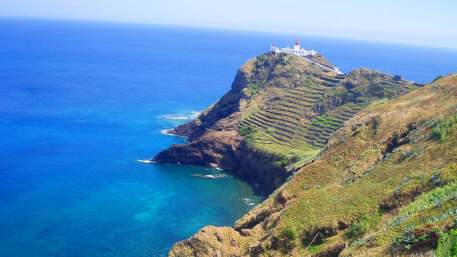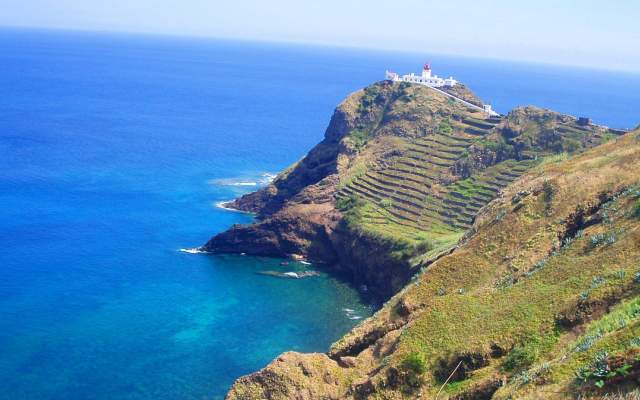Cofinanced by:

Find other trails from your selection here
Grande Rota de Santa Maria
Trilhos dos Açores
The longest walking route in the Azores encompasses the oldest island of the archipelago (about 8 million years). It contains a valuable geological and palaeontological heritage, in particular the largest open-air fossil deposit in the North Atlantic. It features unique landscapes like the Barreiro da Faneca, known as the Red Desert of the Azores, and other characteristics as the vineyard landscapes of Baía da Maia and São Lourenço. We also draw attention to the traditional houses of Santa Maria that are scattered around the eastern part of the island, like white dots on the green landscape.
Types

FeedBack
Your opinion is important. Please rate your experience.
Programmes
View MoreClose
Search results for:
0 results
No results were found matching your search. We suggest changing the filters used.

View More




